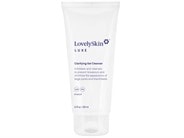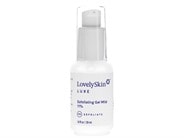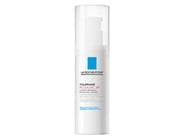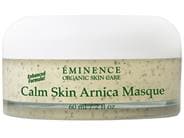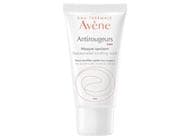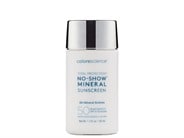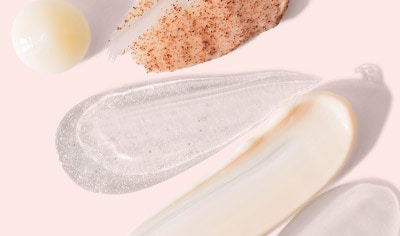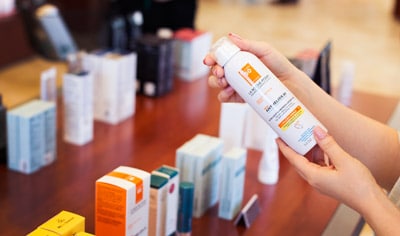A rosy flush can be the finishing touch on a glowing makeup look, but for many people, a common skin disease called rosacea can cause flushed skin, unwanted redness and irritation. Whether you suspect you might have rosacea or you’ve long struggled with it, we’ve got your solution right here with the rosacea treatment products you need to create your best skin care routine for rosacea with expert-recommended advice. Board-certified dermatologist and LovelySkin CEO, Dr. Joel Schlessinger, breaks down everything you need to know about caring for and treating rosacea skin, including answers to most commonly asked questions like:
Rosacea is a skin concern that can present as redness or flushing, sometimes with pimple-like bumps or visible blood vessels, usually on the nose, forehead and cheeks. Symptoms can range from mild to severe but may worsen over time if rosacea skin is left untreated. The skin irritation associated with a rosacea skin problem may lead to feelings of itchiness, burning, or stinging, though what exactly causes rosacea is unknown. It can flare up in response to a number of things ranging from environmental factors, such as temperature or sun exposure, to something as simple as what you eat and drink, like spicy foods or alcohol.
One tricky thing about living with a rosacea skin problem is it can be hard for most people to identify, and that’s where your doctor comes in. “The bumps and redness caused by rosacea can look similar to other skin conditions, such as acne, psoriasis, dermatitis or lupus,” Dr. Schlessinger says. “That’s why it’s important to see a board-certified dermatologist for an exam and diagnosis if you are noticing rosacea symptoms such as redness, flushing, irritation or bumps.”
Alongside care from your doctor, setting yourself up with the right rosacea skin care routine can help alleviate your symptoms for skin that looks as good as it feels! To help get you started, follow along with this six-step rosacea skin care routine.
1. Wash your face with a mild cleanser
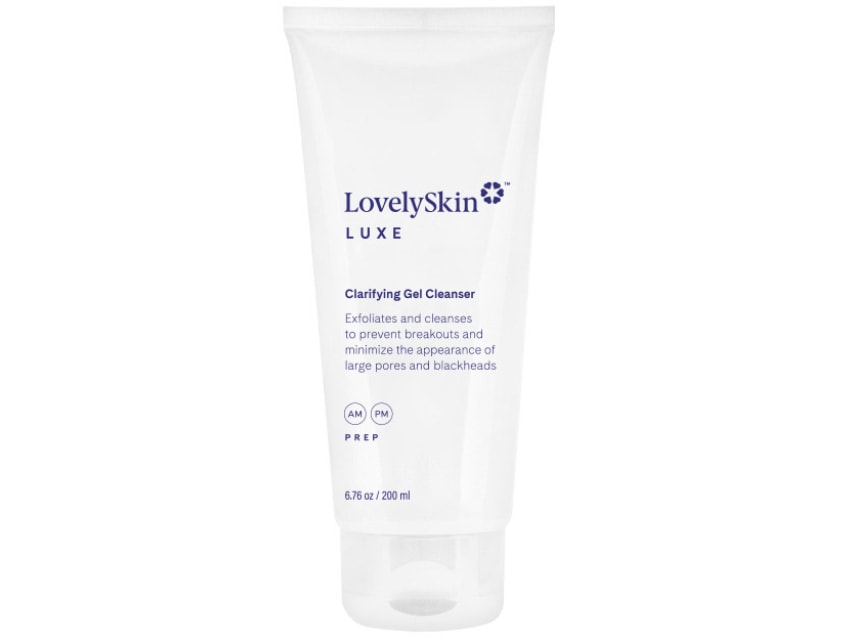
Cleansing your face with a gentle face wash is the cornerstone of an effective rosacea skin care routine. LovelySkin LUXE Clarifying Gel Cleanser works to cleanse skin and remove makeup without overdrying it thanks to afaLUXE, a dermatologist-developed molecule designed to improve the skin barrier as it gently exfoliates.
Another great option is Epionce Milky Lotion Cleanser, a creamy cleanser formulated especially for rosacea-prone skin that helps dissolve dirt and makeup, leaving skin feeling soothed and hydrated.
2. Apply a hydrating moisturizer

According to Dr. Schlessinger, the best moisturizer for rosacea is a hydrating moisturizer that can help ease the irritating symptoms that come with rosacea skin, like burning or itching. Sente Dermal Repair Cream is an anti-aging moisturizer formulated for sensitive skin that helps boost hydration levels and reduce redness using a skin-repairing molecule called Heparan Sulfate Analog.
La Roche-Posay Rosaliac AR Visible Redness Reducing Moisturizer can also be a welcomed addition to your new and improved rosacea skin care routine, thanks to its skin-soothing formula containing moisturizing shea butter, hydrating glycerin and neurosensine, a calming dipeptide.
3. Use sunscreen daily
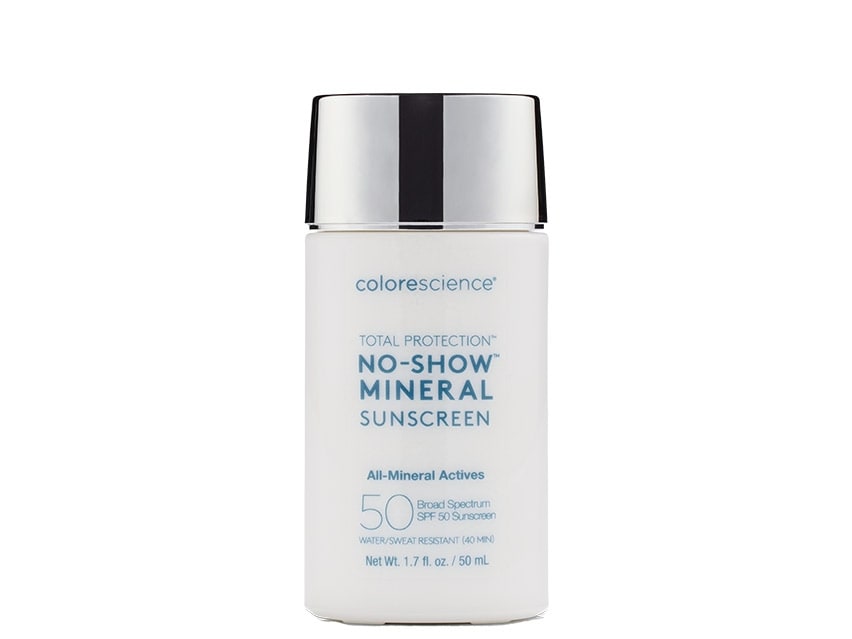
A high-quality, broad-spectrum sunscreen should be part of every skin care routine, but it can be especially crucial for rosacea sufferers whose symptoms are triggered by sun exposure. “Mineral-based sunscreens with zinc oxide and titanium dioxide are a great place to start for rosacea patients,” Dr. Schlessinger says.
Colorescience Total Protection No-Show Mineral Sunscreen SPF 50 is one option that Dr. Schlessinger recommends for those with rosacea. This mineral sunscreen protects you from the sun using zinc oxide and features a hydrating formula that wears well under makeup. It also contains soothing ingredients such as bisabolol and allantoin, which work together to minimize the irritation and inflammation that can present as rosacea symptoms and features a natural-looking universal tint that layers well under makeup. A win-win!
Another excellent sunscreen option to incorporate into your rosacea skin care routine is EltaMD UV Pure Broad-Spectrum SPF 47, which also combines zinc oxide and titanium oxide to provide broad-spectrum sun protection for both face and body. It’s also water-resistant for up to eighty minutes, making it a great option for outdoor activities and swimming.
4. Smooth on a calming facial serum
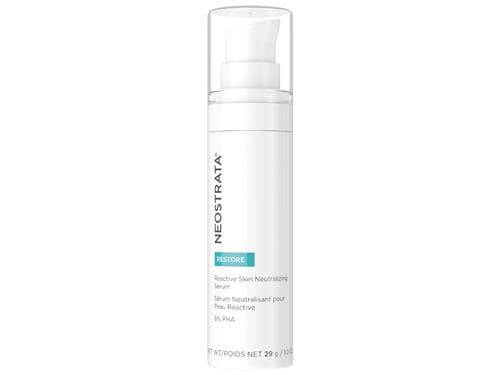
A facial serum with skin-soothing ingredients can help calm irritated skin during a rosacea flare-up. NeoStrata Restore Reactive Skin Neutralizing Serum helps disrupt inflammation to help reduce redness with its proprietary BioCalm Complex. This formula also contains calming chamomile and arginine, an amino acid that works to help heal skin tissue.
You might also try Jan Marini RosaLieve Redness Reducing Complex, a targeted rosacea skin treatment that helps reduce inflammation using azelaic acid and improve redness with a special protein called tetrapeptide-14. “I had the opportunity to participate in the clinical trial for this rosacea skin treatment and witnessed the transformative results firsthand,” Dr. Schlessinger says.
Another effective option for your rosacea skin care routine is jane iredale HydroPure Color Correcting Serum. This sheer facial serum contains color-correcting pigments to help camouflage visible redness from rosacea. It also contains hyaluronic acid for instant hydration and CoQ10 to help combat fine lines and wrinkles.
LovelySkin LUXE Exfoliating Gel Mild is another treatment that Dr. Schlessinger recommends for his rosacea patients. “Those with rosacea can often find that exfoliants are too harsh for their skin,” he says. “This gentle exfoliating gel helps encourage skin cell renewal with afaLUXE, a combination of vitamin C, Dead Sea salt and amino-based filaggrin antioxidants.”
5. Incorporate a soothing mask once or twice a week
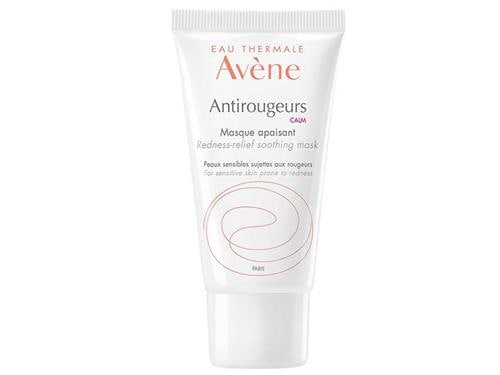
Give your skin some extra TLC with a nourishing face mask, such as Avene Antirougeurs CALM Soothing Repair Mask. This gentle, no-rinse face mask helps soothe inflamed skin with mineral-rich Avene thermal spring water and antioxidant-rich vitamin E making it a great option for those struggling with a rosacea skin problem!
Another option is Eminence Organics Calm Skin Arnica Masque, which helps reduce redness using arnica, a natural anti-inflammatory, as it hydrates skin with aloe juice. After cleansing, apply a thin layer and allow face mask to dry for five to ten minutes before rinsing with lukewarm water.
To bolster your at-home rosacea skin treatments and help you develop the best rosacea skin care regimen for you, you might consider asking your dermatologist for help or even about specific medical treatments designed to target and help reduce your rosacea symptoms. “Rosacea is often improved with medications such as antibiotics and ivermectin, topically or orally. Additionally, laser treatments can help,” Dr. Schlessinger says. “These are all options that I often talk through with my patients struggling rosacea skin problems.”
Looking for more sunscreen options? You can learn more about how long sunscreen lasts and new formulas to try on the LovelySkin Blog.








